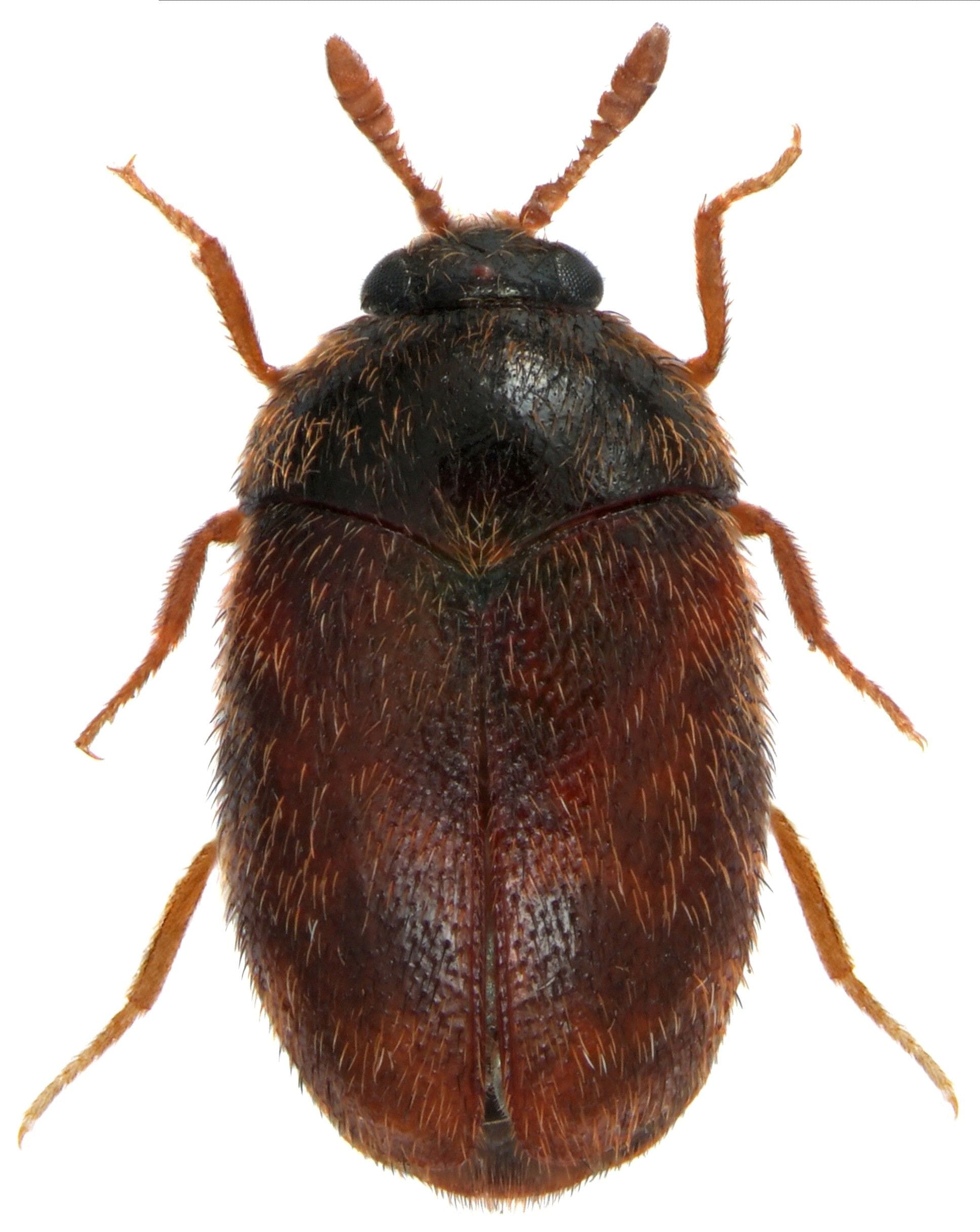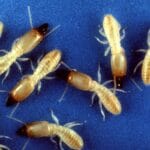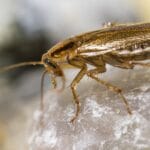A Tiny Terror for Your Grains
Imagine a beetle the size of a sesame seed wreaking havoc on your pantry. That’s the khapra beetle, a minuscule invader with an appetite for destruction. These reddish-brown beetles and their yellowish-brown, hairy larvae can devour grains, pet food, and even spices, causing significant economic losses and potential food shortages.
What Makes the Khapra Beetle So Destructive?
Khapra beetles are remarkably resilient. They can withstand extreme temperatures, survive without food for years, and even develop resistance to insecticides. Their ability to hide in tiny cracks and crevices makes them incredibly difficult to detect and eradicate.
Adding to the challenge, climate change might be contributing to the expansion of their range, making current control methods less effective. This means ongoing research and innovative solutions are essential to stay ahead of this evolving threat.
The High Cost of Tiny Beetles
Khapra beetles aren’t picky eaters. Their menu includes a wide array of stored products:
- Grains: Wheat, rice, corn, and other grains are their primary targets.
- Seeds: They infest various seeds, including oilseeds, posing a risk to agricultural production.
- Dried Goods: Dried fruits, nuts, and spices are not safe from their appetite.
- Animal Products: They can even infest and contaminate pet food and other animal feed.
These infestations lead to both quantitative losses (direct reduction in food volume) and qualitative losses (contamination rendering products unfit for consumption).
Keeping the Tiny Terrors at Bay
Combating these resilient pests requires a multi-pronged approach:
1. Prevention is Key:
- Sanitation: Maintaining clean storage areas and eliminating food debris is crucial.
- Inspection: Carefully inspect new grain deliveries and quarantine them before introduction.
- Border Control: Strict import regulations are essential to prevent the beetle’s entry.
2. Early Detection is Crucial:
- Pheromone Traps: These traps use scents to lure and trap beetles, providing an early warning system for infestations.
3. Eradication Methods:
- Fumigation: Often the most effective method, but scientists are exploring alternatives to minimize chemical use.
- Heat Treatment: Exposing beetles to high temperatures can effectively eliminate them.
- Biological Warfare: Researchers are studying natural predators and pathogens that target khapra beetles without harming other insects or the environment.
What Countries Have the Khapra Beetle?
Originating in South Asia, the khapra beetle has unfortunately become a global traveler. The USDA (United States Department of Agriculture) has identified over 20 countries with endemic khapra beetle populations, including:
- Afghanistan
- Algeria
- Bangladesh
- Burkina Faso
- Cyprus
- Egypt
- India
- Iran
- Iraq
- Niger
- Nigeria
- Oman
- Pakistan
- Palestinian Authority (West Bank)
- Qatar
- Republic of Sudan
- Saudi Arabia
- Senegal
Worryingly, even countries with robust biosecurity measures like Australia have seen a surge in khapra beetle interceptions since 2020. This highlights the insect’s remarkable ability to bypass defenses and emphasizes the ongoing global challenge it presents.
What Does “Khapra Beetle” Mean?
The name “Khapra beetle” originates from the Hindi word “khapra,” which refers to a type of dried lentil. This naming convention is fitting, as these beetles have a particular fondness for lentils and other dried grains. Their scientific name, Trogoderma granarium, further cements their association with grain (from the Latin “granarium”).
These tiny reddish-brown insects, often no larger than a grain of rice, are a significant concern for the global food supply. The larvae target the nutrient-rich germ of the grain, diminishing its quality and leading to potential financial losses for farmers and food producers.
What Makes the Khapra Beetle So Difficult to Control?
Several factors contribute to the challenges in controlling khapra beetles:
- Resilience: Their ability to survive for extended periods without food and water makes them extremely difficult to starve out.
- Dormancy: The larvae can enter a state of diapause (dormancy) under unfavorable conditions, remaining inactive for years before emerging when conditions improve.
- Hidden Infestations: Their small size and preference for dark, undisturbed areas, like cracks, crevices, and inside machinery, make early detection a major challenge.
- Resistance: Some populations have developed resistance to commonly used insecticides, making chemical control more difficult.
Addressing the Khapra Beetle Challenge: A Global Imperative
The khapra beetle might be small, but its impact is significant. Understanding the risks, recognizing the signs of infestation, and implementing preventative measures are crucial for protecting our food supply. International collaboration, ongoing research, and the development of innovative control strategies are essential to mitigate the threat this tiny terror poses to global food security.
For those intrigued by the spicier side of life, the jolokia naga is a must-try pepper that will set your taste buds ablaze. Conversely, if you seek a more unique and captivating creature, the leucistic axolotl offers an enchanting glimpse into the wonders of nature.
- Working-Class Family Stories: A Memoir & Guide - April 4, 2025
- Unlock Elemental 2 Secrets: Actionable Insights Now - April 2, 2025
- Lot’s Wife’s Name: Unveiling the Mystery of Sodom’s Fall - April 2, 2025

















2 thoughts on “Khapra Beetle Infestation: A Comprehensive Guide to Identification, Prevention, and Control”
Comments are closed.